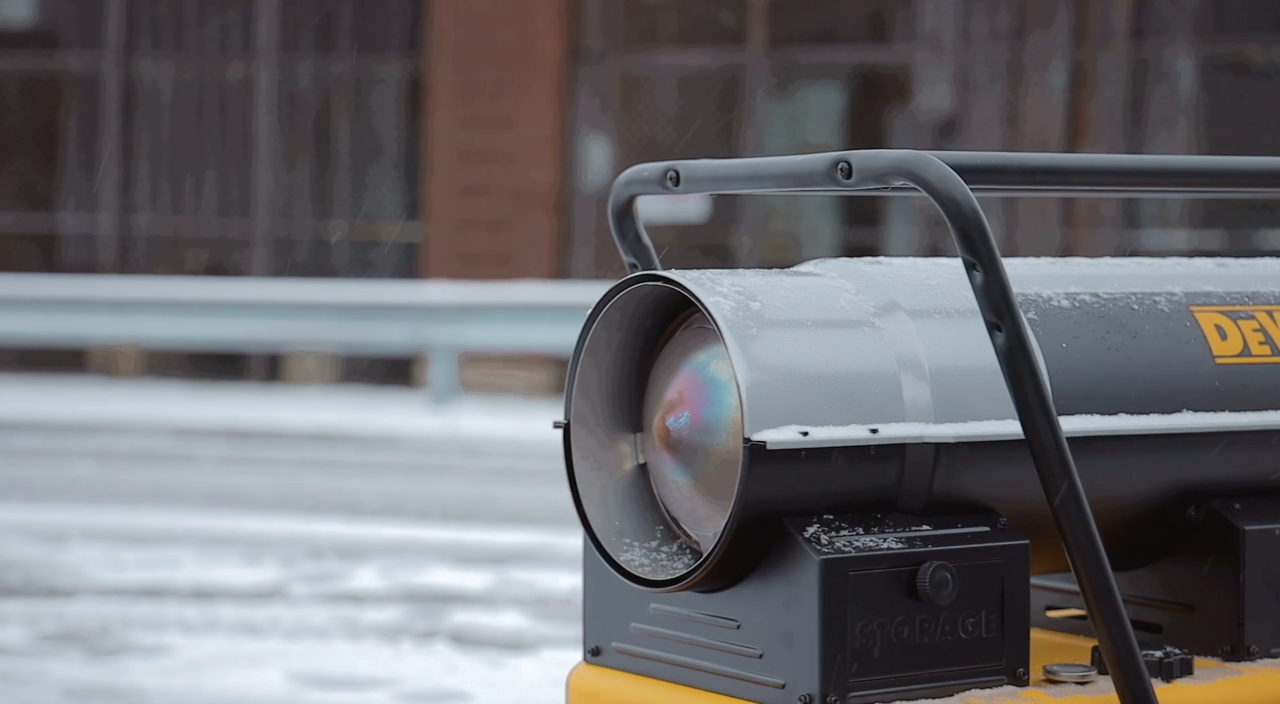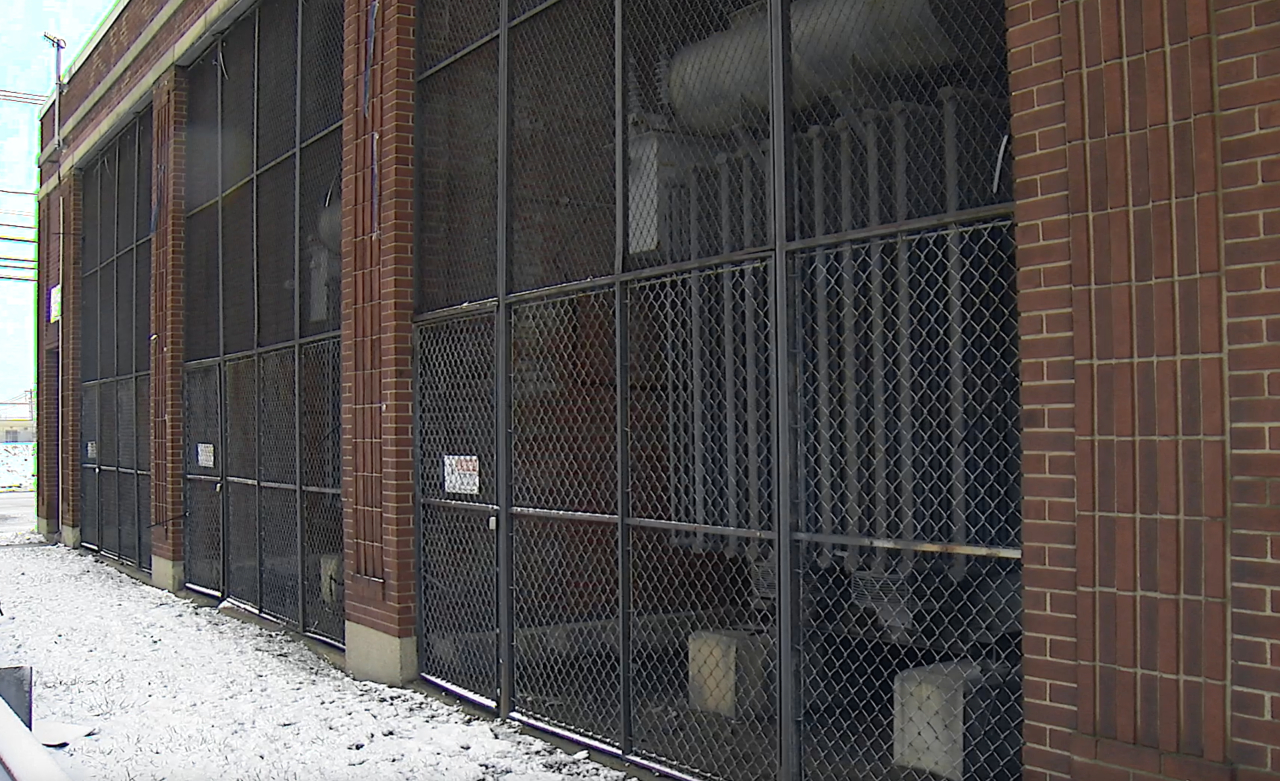BUFFALO, N.Y. (WKBW) — Four weeks after the Christmas blizzard killed more than 40 people, leaving tens of thousands of people in the dark, the 7 News I-Team is working to get answers why power was out for so many and for so long.
Outside one of the National Grid substations, there are tattered pieces of blue tarp bolted to the brick. There are three bays with machinery behind the fencing, that crews say froze during the Christmas blizzard.
Tarps were used, creating an envelope for big heaters to thaw the substation.

"This was something that was new - but we're going to use it as a learning experience," said Ken Kujawa, National Grid's Regional Director.
Kujawa says, the Elk Street station was one of three that froze in the City of Buffalo. Two others were in East Buffalo. He explained there was so much snow, blown into those cages that the system tripped, causing many of those power outages. He said the brick wall behind the machinery acted as a backstop.
"We knew the snow was coming," Kujawa said. "We knew the wind was coming but typically snow doesn't impact our system to any great degree."

Drantch: Knowing what we now know -- that the brick walls acted like a backstop — was there no one who thought this might be an issue?
Kujawa: Well, as I mentioned, this was something we've never faced before. This is unique. The stations we have here in Buffalo are unique on our system in the way they're designed.
Drantch: But we knew about this for a week though. It wasn't a matter of surprise, this blizzard hit. This was something we had prepared for, for some time.
Kujawa: We haven't had a blizzard to this degree in Buffalo for some time. I've been with National Grid for 30 years - we've never had this happen in my career here.
At the height of the storm, the I-Team has learned National Grid had almost 150 broken power poles over 11 counties.
In Erie County alone, some 40,000 National Grid customers were without power. Some had no power for days.
Most power was back on by Wednesday after the storm. Among the last to be restored were some folks who live near the Jefferson Avenue Tops and those in Buffalo's Fruit Belt neighborhood.
Drantch: By Wednesday morning, there was still no power on Landon, East Utica, Roehrer, Northland, Purdy, Orange... these are some of the poorest communities in our city.
Kujawa: Right.
Drantch: Yet they are among the last to have their power restored.
Kujawa: So when we're restoring power to customers, the way that we approach a storm is we work the largest outages, and then work our way down in terms of largest to smallest in terms of dedication of resources.
Drantch: So are you saying they're low priority?
Kujawa: No, they're not low priority at all. Every customer is important to us, what we're saying is, we have to dedicate an allocate our resources to the largest outages, we're trying to bring up the largest amount of customers in the shortest amount of time. And then we work our way down.

Drantch: I guess moving forward, these are the people who can't afford to stock their houses full of food whose food may have expired.
Is there a plan to really get into these communities and get their power back on faster?
Kujawa: Well, again, it all depends upon the nature of the outage that we're dealing with. You know, when we're dealing with large scale outages, our focus is to have as many resources on the ground as possible to get our customers back in as quickly as possible.
Kujawa says these power outages weren't a resource issue. Instead, he says it was an access issue. Conditions were so bad, crews couldn't get where they needed to be. That includes the conditions around the substations that froze.
"We were dealing with the same issues across the City of Buffalo that whether it was East Buffalo, South Buffalo, North Buffalo... trees down, wires down, and then, again, it became an access issue," Kujawa said.
Drantch: You mean roads were impassable.
Kujawa: Roads were impassable at times.
"We started providing the city, the county, the state with specific roads, specific streets, where we said, this is where we have outages this is where we need to perform our work, please get these areas plowed," Kujawa said.
Now prevention and preparation are most important as the utility develops future plans, to keep these substations online and the power flowing, flurries or blizzard.





